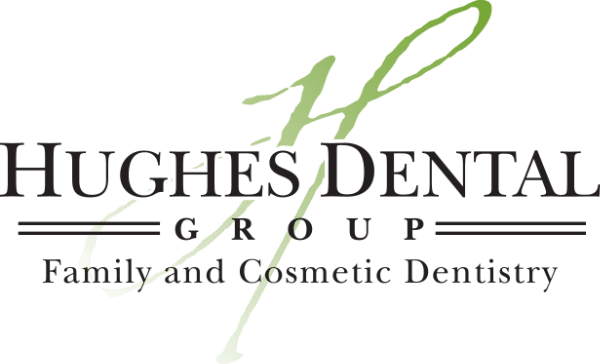Have you ever wondered about the anatomy of your child’s teeth? Understanding the different parts of the teeth can help you maintain your child’s dental health. Hughes Dental Group Family and Cosmetic Dentistry is here to provide you with the information you need to keep your child’s teeth healthy and strong.
Introduction to Child Tooth Anatomy
It’s important for parents to understand the anatomy of their child’s teeth to help them maintain good oral health. Children’s teeth are made up of several different parts, including the enamel, dentin, pulp, and roots. The enamel is the hard outer layer of the tooth that protects it from damage. The dentin is a softer layer beneath the enamel that helps to support the tooth. The pulp is the innermost layer of the tooth that contains nerves and blood vessels. Finally, the roots are the parts of the tooth that are embedded in the jawbone.
Good oral health for children starts with understanding the anatomy of their teeth. It’s important to teach your child the basics of brushing and flossing and to schedule regular dental check-ups. To learn more about oral health challenges for kids, Oral Health Challenges for Kids is a great resource.
The Different Types of Teeth
Your child’s teeth are divided into four different types: incisors, canines, premolars, and molars. Incisors are the eight front teeth, which are used for cutting and biting food. Canines, also known as cuspids, are the four pointed teeth located next to the incisors. Premolars, or bicuspids, are located behind the canines and are used for grinding food. Finally, molars are the back teeth used for chewing and grinding food. Proper care of these teeth is essential for your child’s oral health. If you’re looking for a pediatric dentist in Leo, IN, look no further than Hughes Dental Group Family and Cosmetic Dentistry. Our experienced team of pediatric dentists will provide your child with the best care possible.
The Tooth Eruption Process
The tooth eruption process typically begins between 6 and 12 months of age. During this time, the first primary teeth, or baby teeth, begin to push through the gums. This process continues until all 20 primary teeth have erupted. It is important to monitor the eruption process to ensure that the teeth are coming in correctly and that no problems arise. It is also important to start brushing the teeth as soon as they erupt to ensure the best oral health for your child.
The Role of Diet in Tooth Health
Diet plays an important role in the health of your child’s teeth. Eating a balanced diet with plenty of fruits and vegetables, whole grains, and dairy products can help keep teeth strong and healthy. Limiting sugary and acidic foods and drinks can help prevent tooth decay and cavities. Additionally, drinking plenty of water throughout the day can help keep teeth clean and reduce the risk of plaque buildup.
The Importance of Regular Dental Visits
Regular dental visits are essential for your child’s oral health. Not only do they help to detect and prevent cavities, but they also enable your dentist to track your child’s oral development and provide advice on proper brushing and flossing techniques. Regular dental visits can help to identify potential problems early on and provide your child with the best possible care. Furthermore, regular dental visits can help to ensure your child’s teeth remain healthy and strong for years to come.
Conclusion
For more information about Hughes Dental Group Family and Cosmetic Dentistry, please call us at 260-627-5345 or check out our reviews on Google Maps.
